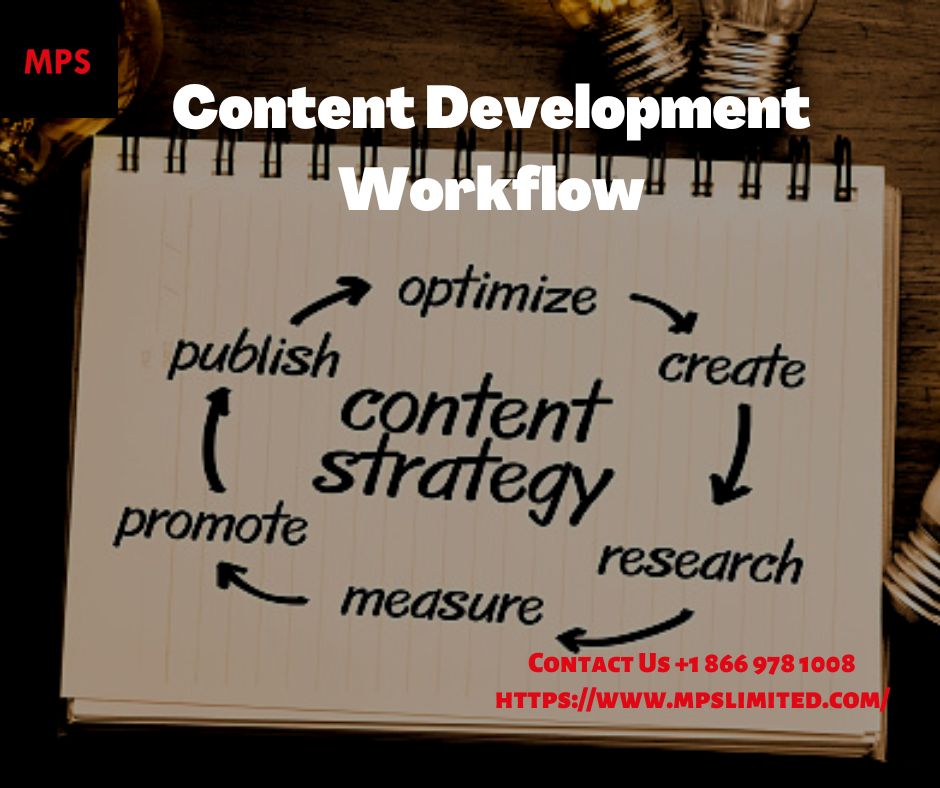Creating excellent content is not a random process. If we look at the most successful brands in terms of content marketing, their success is due to one thing: a fantastic method to create and manage content.
Content Marketing Institute’s latest Content Marketing Benchmark report backs this up. According to the study, sixty-two percent of the most successful brands in the content have a documented strategy and process.
However, only 11% of the least successful businesses have a clearly defined procedure to follow.
What is a content management process?
The content management process entails production, administration, optimization, storage, distribution, evaluation, and reuse. What you’re seeing is the actual content lifecycle as it evolves and spreads across your business. A content management process is comprised of many parts, such as:
- Creation from the concept: turning ideas into content projects while keeping in mind a target demographic, keywords, overarching themes, and other factors
- Editing, layout, and ensuring the presentation is on point are all part of the review process.
- Various parties, including subject-matter experts, stakeholders, lawyers, and regulators, may have to give their approval before a project can move.
- Where will it be hosted, and how will it be disseminated after publication?
- Measuring: looking at content analytics to see how well it brings in readers and makes sales.
To manage content uniformly, you must first define that process. Factors such as content collaboration tools, user roles, and content workflows should all be considered when explaining.
Taking a holistic view of your content ecosystem allows you to pinpoint inefficiencies and work to improve them. To find out, try asking the following:
- What are the stumbling blocks?
- Can they function as a cohesive unit?
- Is it taking too much time to update others on progress?
- Do all members of the team understand their roles?
- Is there a central repository where all content can be verified?
- Do all of your metrics exist on a single dashboard?
Investigating the finer points of the process and pinpointing any holes or weak spots will help you strengthen your content marketing foundation and make it more robust, scalable, and flexible. To continue, let’s examine the requisite resources, as assistance is required in every procedure.
The four essential content management tools for any team
Content management will be centralized in your content management process. However, not all programs are made equal. Features and functionalities vary. The essential four items are as follows:
Organizing your content with a calendar
The content calendar is one of the most crucial tools for efficient content management. Each piece of content’s status, goals, who is responsible for what, and more can be found in the content calendar.
The best editorial calendars provide an easy way to plan and schedule content. It is also important that it can function across multiple channels. You can increase productivity, streamline collaboration, polish communication, and more by tweaking the settings of your content calendar.
Processes for producing content
A content workflow is essential for any content-centric project. You should be able to tailor the platform’s content workflow to the specifics of a given piece of content, its objectives, and its target demographic. Workflows delegate responsibilities and keep the project on track until its conclusion. In addition, the source of any problems can be quickly identified with open workflows.
Automatically create content
In today’s fast-paced world, automated content creation is crucial. Integrating this function into your content management system will speed up routine tasks. Content automation’s ability to automate is critical, as it allows for the following functions:
- Publishing
- Sharing content on social media
- Notifications
- Reporting
These three resources make it simple and reliable to manage content. To boost morale and productivity, equip your content development service with the resources they need to accomplish their goals and fulfill their responsibilities. Choosing the wrong platform can lead to content management failure due to user frustration.
Analytics for content
You won’t know if your content is bringing in visitors, generating leads, or increasing brand awareness if you don’t set goals and track progress against them. Therefore, including a reporting dashboard as one of your system’s most desired features is imperative.
Keep content processes consistent but open to variation.
Remember that having a standard, well-laid out content production process in which everyone knows their roles and responsibilities helps to:
- Maintain order at every juncture of your content creation process.
- Lessen the likelihood of bottlenecks occurring
- Assist in ensuring each piece of content you make achieves its goals.
- Even if you follow a tried-and-correct content management process, the specific actions you take and the goals you set at each stage of the content creation process will vary depending on your content.
Remember this, especially when defining your content strategy and creation process. Leave room for some flexibility if you have to regularly adapt your approach if you’re creating different types of content regularly.

